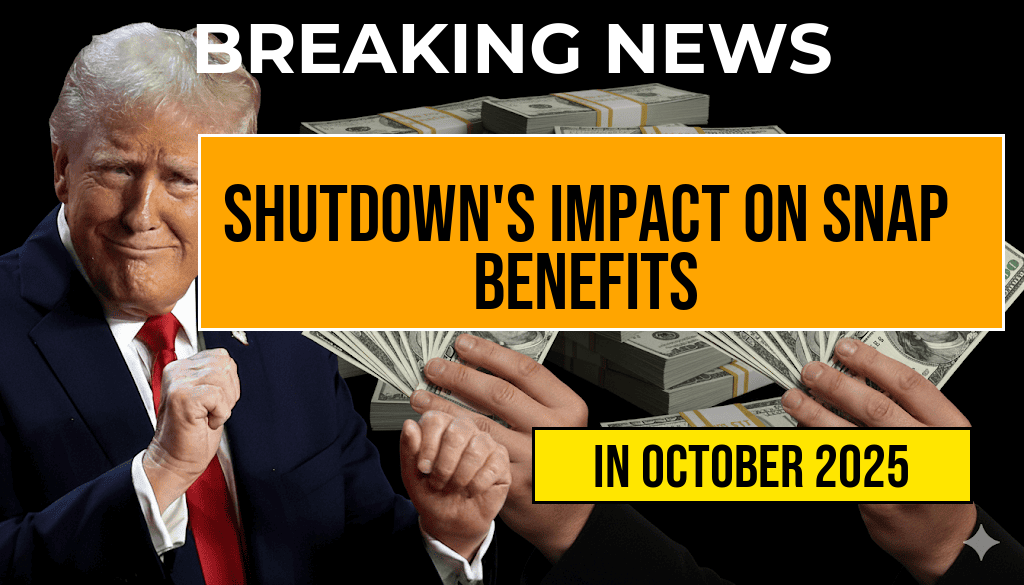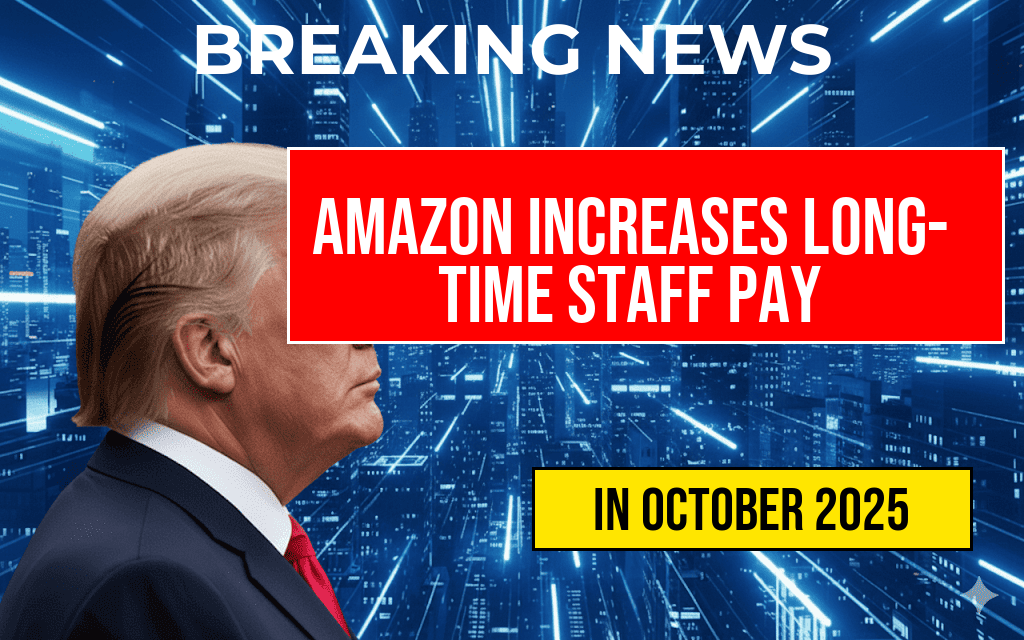The looming threat of a government shutdown has raised significant concerns about the stability of federal assistance programs, particularly SNAP (Supplemental Nutrition Assistance Program) benefits, commonly known as food stamps. If Congress fails to reach an agreement on federal funding, millions of Americans relying on these benefits could face disruptions as early as the start of the new fiscal month. The potential shutdown could result in delayed or reduced food stamp benefits, impacting vulnerable populations including low-income families, seniors, and individuals with disabilities. While the federal government has historically implemented temporary measures to mitigate immediate hardship, prolonged shutdowns threaten to create widespread food insecurity and economic instability for millions across the country.
Potential Impact of a Government Shutdown on SNAP Benefits
Funding Disruptions and Benefit Delays
Federal funding typically supports the SNAP program, with benefits distributed monthly through Electronic Benefit Transfer (EBT) cards. A government shutdown could halt or delay the processing of new benefits and recertifications, especially if appropriations are not renewed in time. During past shutdowns, some states have faced delays in issuing benefits, leaving recipients uncertain about their access to food assistance. Although the USDA has mechanisms to continue distributing benefits for a limited period, these measures are not indefinite and depend on the duration of the funding lapse.
State-Level Variability and Contingency Plans
States administer SNAP programs according to federal guidelines, but funding and implementation can vary. In some states, agencies have emergency reserves or contingency plans to maintain benefits temporarily. However, these reserves are finite, and a prolonged shutdown could exhaust resources, leading to disruptions in benefit issuance. Notably, states like California and Texas, which serve large populations on assistance, may experience more pronounced effects, including delays in processing recertifications or renewing benefits.
Impact on Vulnerable Populations
| Population | Potential Impact |
|---|---|
| Low-income families | Risk of reduced food security due to delayed benefits |
| Seniors and Disabled Individuals | Continued access may be maintained temporarily, but longer shutdowns threaten stability |
| Children eligible for free or reduced-price meals | Potential loss of nutrition assistance if families cannot access benefits |
Legislative Responses and Mitigation Efforts
Temporary Funding Measures
In past shutdown episodes, Congress has occasionally authorized temporary funding or emergency provisions to sustain critical SNAP benefits. These measures aim to prevent immediate hardship by ensuring that benefits are issued on schedule, even if the broader federal budget remains unresolved. However, such stopgap solutions are often short-lived and do not address longer-term funding uncertainties.
Proposed Legislation and Policy Debates
Lawmakers are actively debating proposals to shield SNAP and other assistance programs from shutdown impacts. Some legislators advocate for emergency funding bills that specifically allocate resources to maintain benefits, emphasizing the importance of protecting vulnerable populations during political impasses. Conversely, others argue that broader budget negotiations should include cuts or reforms to social safety net programs, complicating the legislative landscape.
Broader Economic and Social Implications
Food Security and Public Health
Disruptions to SNAP benefits can exacerbate food insecurity, which has documented links to adverse health outcomes, especially among children and chronically ill individuals. Reduced access to nutritious food may lead to increased hospitalizations and strain on healthcare systems, amplifying the social costs of a shutdown.
Economic Ripple Effects
Food assistance programs inject billions of dollars into local economies annually. When benefits are delayed or reduced, grocery stores, farmers, and local vendors can experience decreased sales. This contraction can ripple through regional economies, particularly in rural and underserved communities where SNAP benefits constitute a substantial portion of household income.
What Recipients Can Do
- Stay informed through official state and federal agency updates on benefit issuance schedules.
- Prepare for potential delays by budgeting carefully and exploring community resources like food banks.
- Contact local assistance offices for guidance if benefits are delayed or reduced unexpectedly.
For more detailed information about SNAP and government shutdown scenarios, visit the USDA website (https://www.fns.usda.gov/snap) and federal government updates (https://www.govinfo.gov/).
Frequently Asked Questions
What is the impact of a government shutdown on SNP benefits?
A government shutdown can temporarily suspend SNP benefits, leading to delays or interruptions in assistance for eligible individuals and families relying on food stamp support.
Will food stamp benefits be available during a government shutdown?
In many cases, food stamp benefits are considered essential and may continue during a shutdown. However, the availability depends on government funding and specific agency policies at the time.
How long could a government shutdown affect SNAP assistance?
The duration of impact on SNP assistance depends on the length of the shutdown. Short-term shutdowns may cause minimal disruptions, while extended closures could significantly delay benefit processing and issuance.
What should recipients do if their food stamp benefits are delayed?
If you experience delays, contact your local SNAP office for guidance. It is also advisable to keep documentation of any communications or notices related to benefit disruptions.
Are there any resources available for families affected by a government shutdown?
Yes, several community organizations and food banks often provide emergency food assistance during shutdown periods. Stay updated through official government websites and local agencies for support options.






